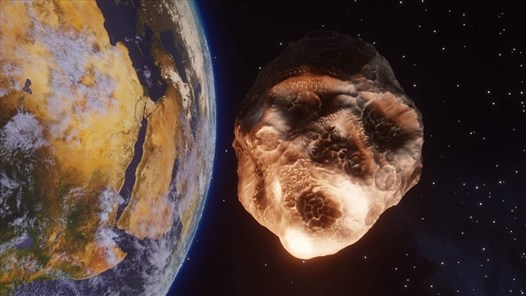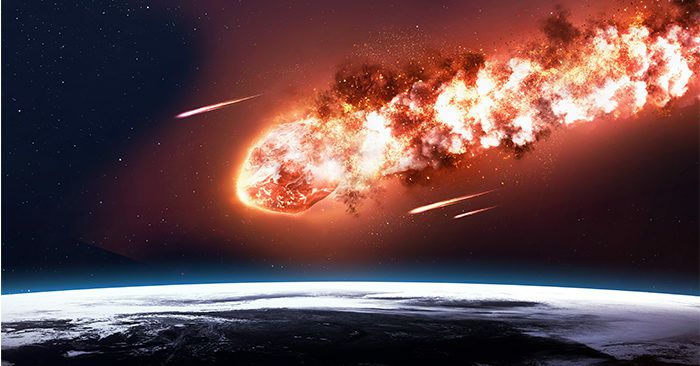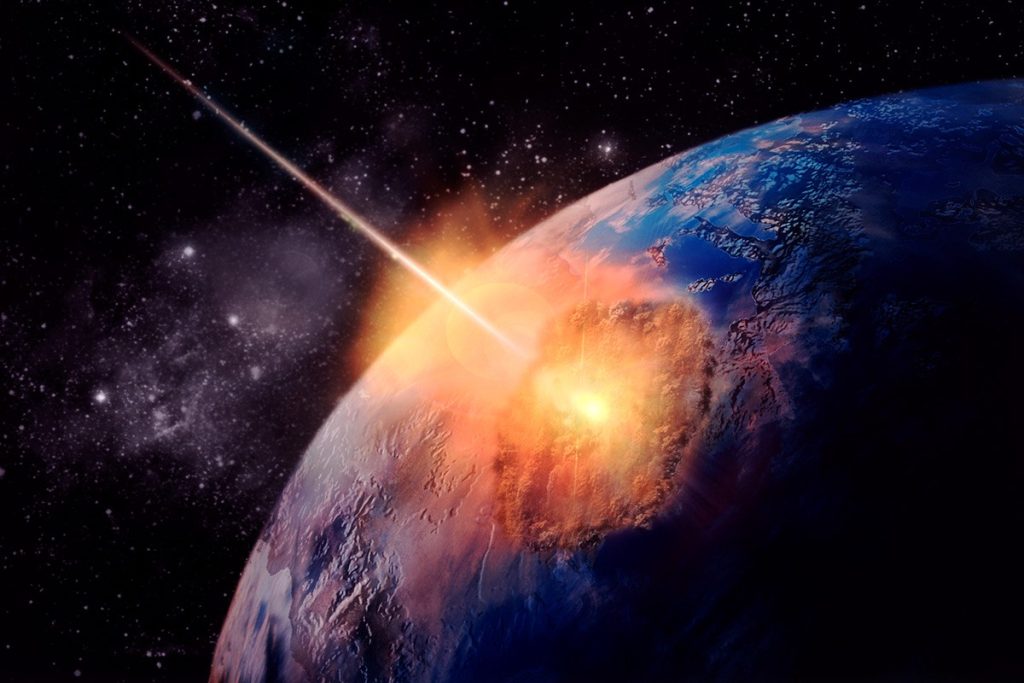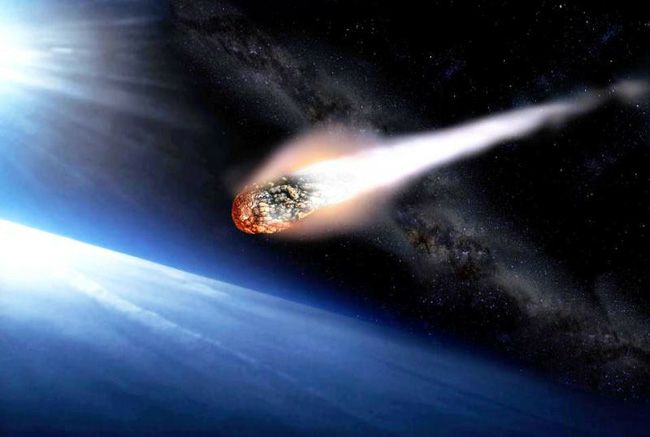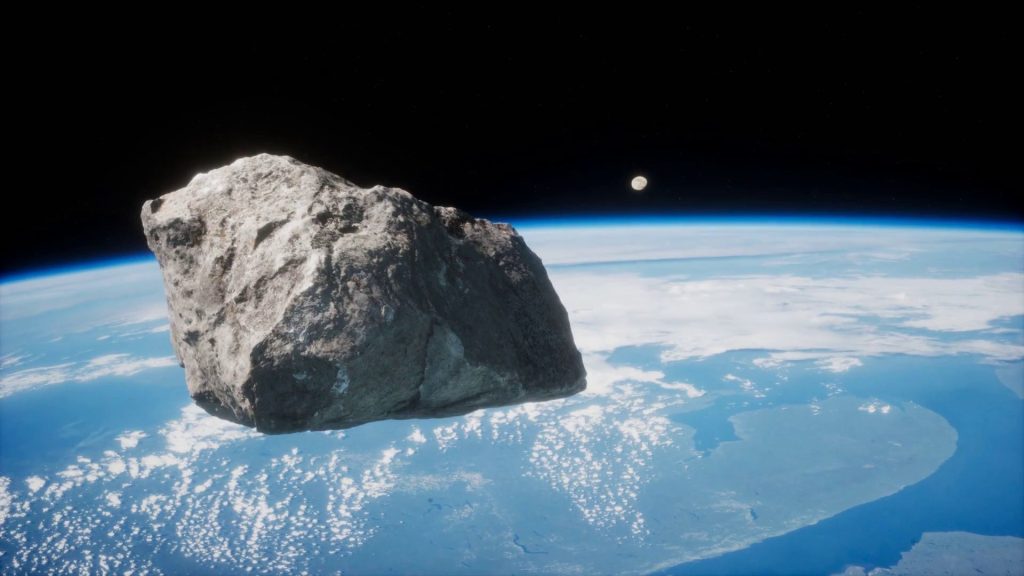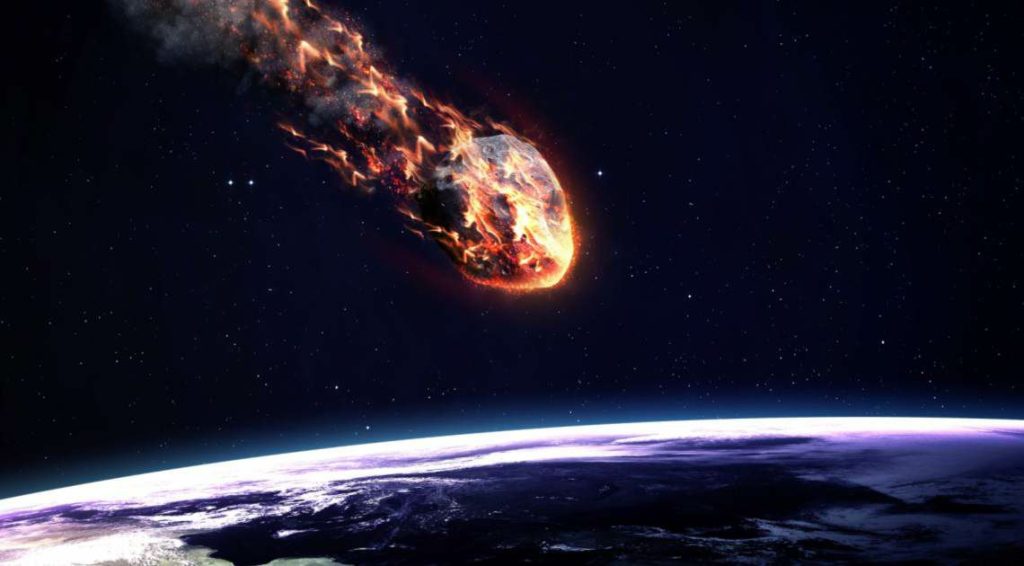NASA Detects Hazardous 64-Foot Wide Asteroid Approaching Earth Today
The peak of the Geminid meteor shower was yesterday, December 14, but you can still watch the bright meteors moving across the sky for a few more days. However, you may see a particularly bright object across the sky, and it might not be a meteor shower but a hazardous asteroid speeding towards the Earth. NASA has spotted a 64-foot wide asteroid that will be making its closest approach to our planet today, December 15. The risk is that an asteroid even this size can flatten a large landmass. So, how likely is the chance of an asteroid strike? Read on to find out.
Dangerous asteroid headed for the Earth
NASA reports on the asteroid have given us significant information on what to expect. The asteroid is named 2022 XO, and it was first spotted on December 01 of this year, as per the Small-Body database. The Jet Propulsion Laboratory (JPL) website tells us that the asteroid is going to come as close as 3.2 million kilometers to the Earth. While this might seem like a huge distance to some, the Center for Near Earth Object Studies (CNEOS) data might shock you. According to them, the asteroid is traveling at a mind-numbing speed of 30,888 kilometers per hour!
However, do not panic. NASA predictions state that the asteroid will likely make a safe passage across the planet. Yet, for precautionary reasons, the asteroid is being monitored by the Wide-field Infrared Survey Explorer (NEOWISE) telescope. This tech marvel is a space telescope that has been tasked with monitoring all nearby space rocks in the inner circle of the solar system.
Check one of NASA’s tech marvels
NASA’s New Horizons is an interplanetary space probe that was launched as a part of NASA’s New Frontiers program. The spacecraft was launched in 2006 with the primary mission to perform a flyby study of the Pluto system in 2015, and a secondary mission to fly by and study one or more other Kuiper belt objects (KBOs) in the decade to follow, which became a mission to 486958 Arrokoth. It is the fifth space probe to achieve the escape velocity needed to leave the Solar System.
Hits: 10
